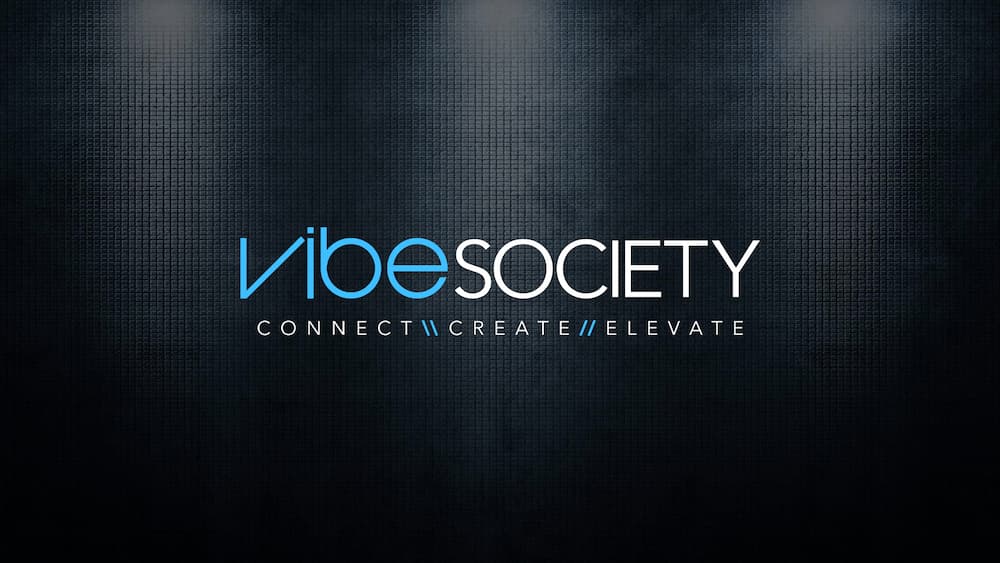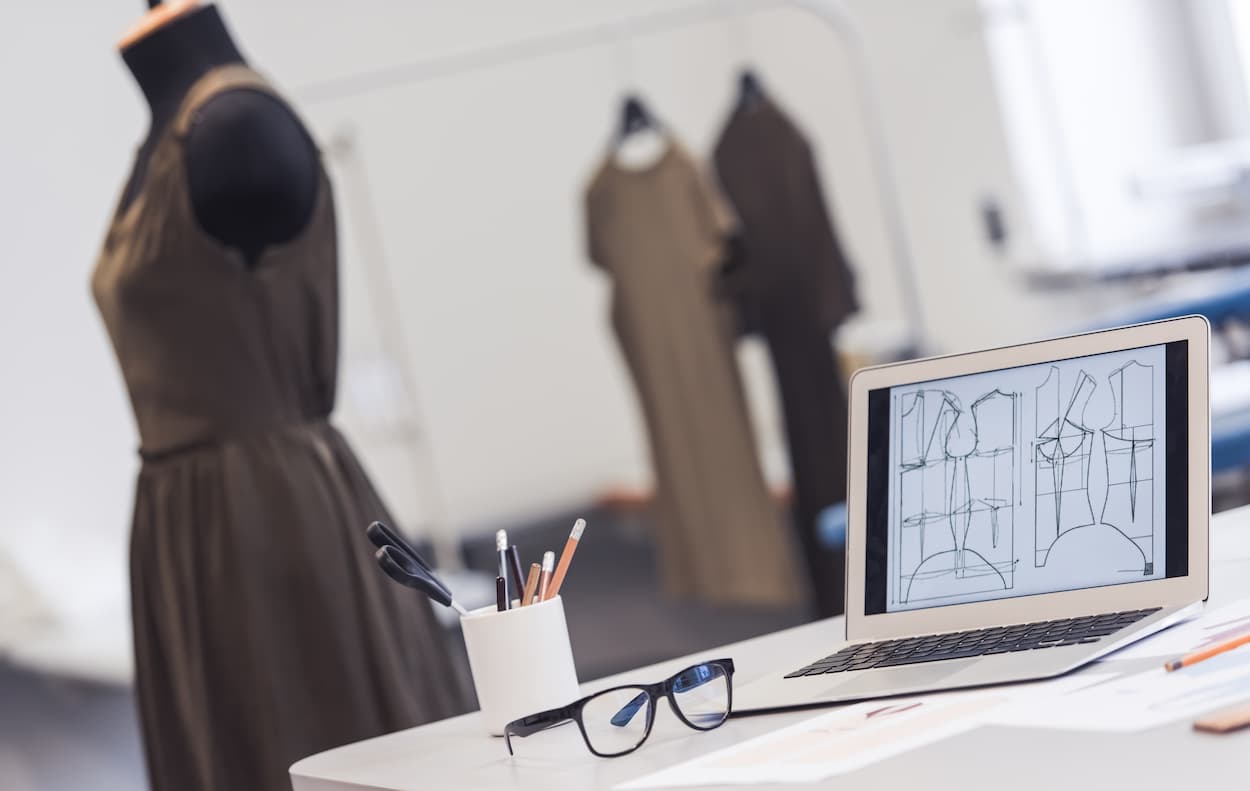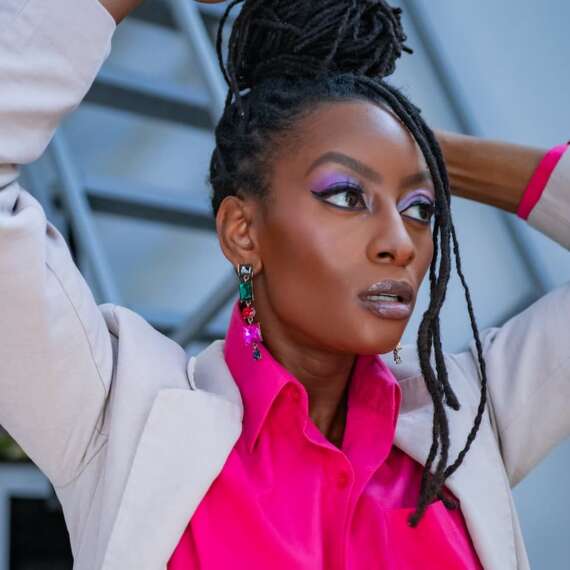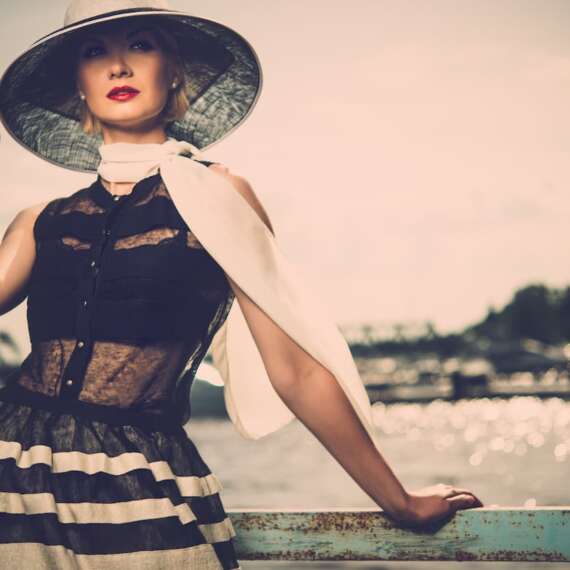Every era of fashion has been defined by the tools that shaped it. The sewing machine made couture scalable. The camera democratized glamour. Now, artificial intelligence is teaching us to design differently—or at least faster. But the question haunting studios and classrooms alike isn’t just about efficiency. It’s about essence. Can technology really teach creativity, or is it quietly training us to forget what makes design human?
The modern designer lives between two screens: one for creation and one for validation. Tools like Adobe Firefly, CLO 3D, and Midjourney have collapsed the design cycle from months to minutes. What used to begin with fabric swatches and sketches now starts with text prompts. Precision has never been more attainable, but reflection has never been more at risk. The very technology that promised liberation is beginning to expose a new creative tension—the race to be original in a world where originality can be automated.

Some designers see AI as a collaborator rather than a competitor. When Iris van Herpen integrated algorithmic modeling into her couture, the result wasn’t mechanical. It was transcendent—fluid structures that felt more alive than anything hand-drawn. Similarly, brands like The Fabricant and Carlings have used digital fashion to eliminate waste, proving that virtual garments can carry emotional and aesthetic weight. In these cases, technology amplifies artistry by expanding what’s possible. But not everyone using it is expanding thought.
The problem lies in convenience. When an idea can be rendered in seconds, it becomes harder to tell if it’s actually good—or just fast. Overreliance on automation can strip design of its friction, and friction is where discovery happens. The late Virgil Abloh often spoke about the power of process—the detours, the unfinished drafts, the conversations that lead to refinement. AI shortcuts that process. What we gain in speed, we often lose in sensitivity. You can teach a machine to recognize patterns, but you can’t teach it to feel tension in proportion or to sense cultural timing.
Yet dismissing technology entirely is just as shortsighted. The tools themselves aren’t the problem—it’s how we use them. A study from McKinsey in 2024 found that brands that integrated AI into their workflows while maintaining creative oversight saw productivity gains of up to 40% without measurable loss in design quality. The key variable was human judgment. Teams that treated AI as an assistant, not an authority, produced work that resonated both emotionally and commercially. In other words, technology can help you think faster, but it shouldn’t replace thinking altogether.

Education is where this balance must be learned. Design schools are now facing a pedagogical dilemma. How do you teach handcraft in a digital-first economy? Programs at Parsons and the London College of Fashion have started blending coding with couture, asking students to prototype both physically and virtually. The goal isn’t to create technologists who design, but designers who can think critically about technology. If creativity becomes only about generating options, not curating meaning, the field risks raising technicians instead of thinkers.
There’s also an ethical layer that often gets overlooked. AI systems are trained on existing data sets—millions of images, many scraped without consent. This means young designers are feeding on a database of uncredited creativity. The irony is sharp: the very innovation meant to democratize creation can perpetuate the same hierarchies it claims to disrupt. In this context, originality becomes less about invention and more about curation—choosing what to borrow, what to question, and what to let go.
Still, the intersection of human instinct and machine intelligence can yield profound results when treated as dialogue, not domination. Take Balenciaga’s 3D scanning of couture pieces to archive craftsmanship or Coach’s AI-assisted material optimization that reduces waste in production. These examples don’t erase the human hand—they honor it by making it more sustainable. Technology, when used wisely, doesn’t diminish artistry. It extends it.

For you as a designer, the challenge is not to resist the algorithm but to outthink it. Use AI to generate possibilities, then rely on your perspective to decide which ones matter. Let technology handle repetition so you can focus on intention. The beauty of design has never been in speed—it’s in discernment. The machine can mimic vision, but it cannot hold conviction.
So can technology teach us to design better? Only if we redefine “better.” Faster is not smarter. More precise is not more profound. True improvement lies in how we integrate intelligence—both artificial and emotional. The future of fashion design will belong to those who know when to accelerate and when to pause. In the end, the designer’s greatest tool is not the algorithm. It’s the ability to think slowly in a fast world.











